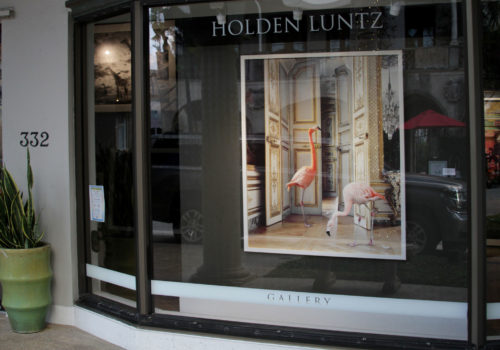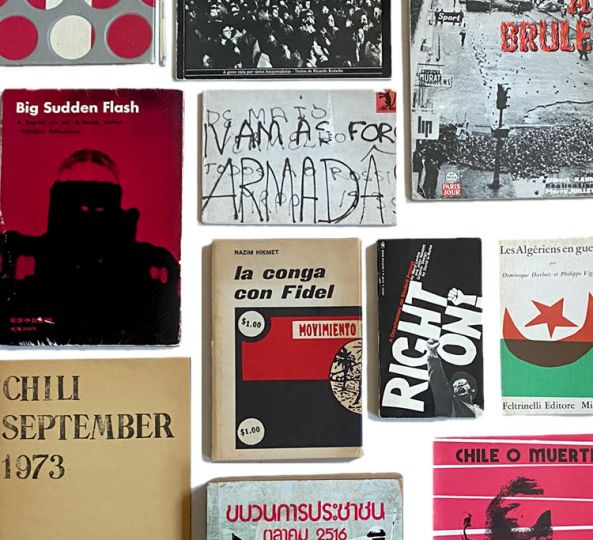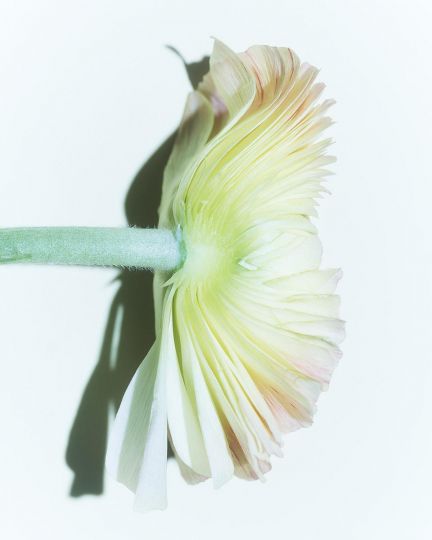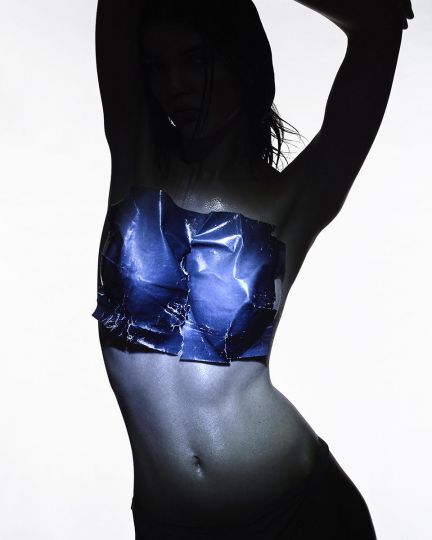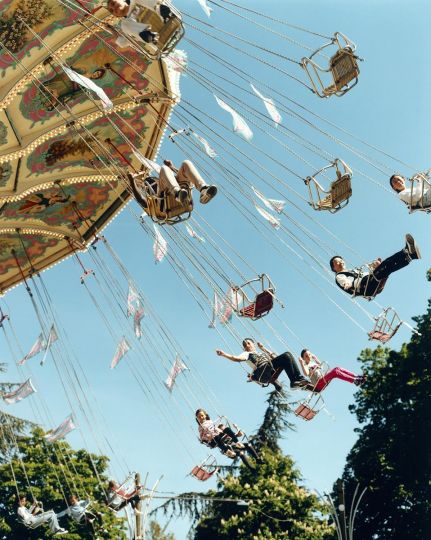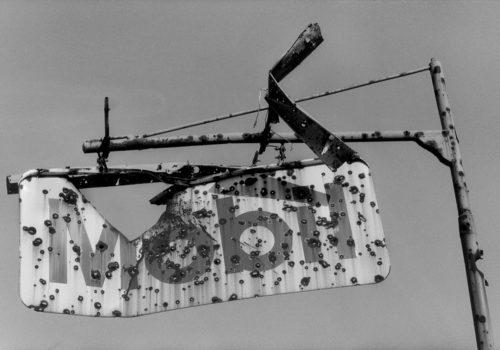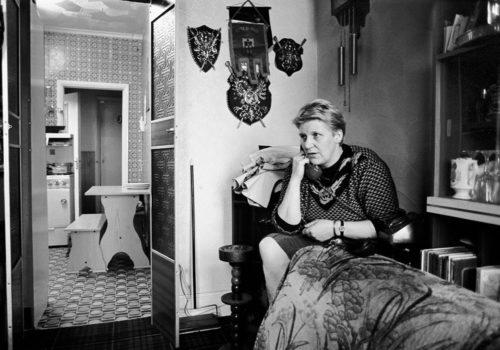Holden Luntz presents this fascinating group exhibition, we dedicate the totality of today’s edition to it.
When we think of rooms most of us draw on mental pictures of predictable spaces that are very familiar and give us a sense of security. We tend to see, and live in a fixed and predictable diurnal environment. But for many photographers rooms or interior spaces have often presented themselves as challenges and invitations to see creatively and not be hemmed in by social conventions. A room, as a subject, can resonate with potential possibilities. It can metaphorically be akin to an artist’s palette waiting to be brought to life through a new creation. The photographs of Karen Knorr, Massimo Listri, Sandy Skoglund, Michael Eastman, John Dugdale and Bernard Faucon present new approaches and unique visions to picturing space.
When we encourage a child to open up their world and expand their horizons we often tell them to “use their imaginations.” This act of conjuring possibilities and freeing themselves from the logical constructs and repetitive norms can be liberating. One attribution often ascribed to a great photographer (or for that matter any creative person) is that they have an active and engaging imagination and can mentally construct vivid images.
When we think of rooms most of us draw on mental pictures of predictable spaces that are very familiar and give us a sense of security. We tend to see, and live in a fixed and predictable diurnal environment. But for many photographers rooms or interior spaces have often presented themselves as challenges and invitations to see creatively and not be hemmed in by social conventions. A room, as a subject, can resonate with potential possibilities. It can metaphorically be akin to an artist’s palette waiting to be brought to life through a new creation.
The photographs of Karen Knorr, Massimo Listri, Sandy Skoglund, Michael Eastman, John Dugdale and Bernard Faucon present new approaches and unique visions to picturing space. Each photographer reaches beyond the mere physical appearance of a room. They are interested in finding an equivalent for the experience of being in a room, and how it makes us feel. A room can be a reservoir for real or imagined memories. Rooms take on less of a descriptive and more of an emotive and subjective function. The shared and individual experiences that each of us experiences, give the photographers and ourselves the basic resources to evaluate these unique spaces.
The temporal dimension of picture making is complex. Photographs are created by their makers in the present – but are always presented to the viewer in the past. Something has already been photographed and we are looking at the result of the way a room looked, or the evidence of what occurred in the past. However, the act of looking is always in the present – yet what we remember belongs to the past. This critical distinction often shapes our response to what we are seeing.
This temporal exchange can give a nostalgic feel – or can touch on something in our minds and emotions that connect us to the pictures and spaces they represent. We can admire the qualities within, be awed or humbled by their structures, or feel pathos for an unknown, but imagined, life that has disappeared. Our deepest connections are always complex and involve several senses – they are seldom limited to the visual. Spaces contain histories – we know some of the histories, but some, created by artists, are potential vessels of imagined or recreated experiences.
Photographers such as Massimo Listri and Michael Eastman – photograph a room as they see it. Their selection and criteria for what is worthy of being photographed is based on a location that they find special – or memorable.
Sandy Skoglund, Karen Knorr, and Bernard Faucon create rooms and spaces that suggest narratives, and give a visual substance to ideas they have, memories they wish to share, and objects, animals and people they desire to bring together. They create fictions that are based on ideas the artists’ choose to explore. Rooms, in the largest sense, become visual constructs where these photographers have realized their dreams, desires, fears and observations. If as Shakespeare quotes, “All the world is a stage,” and “All the men and women merely players” the rooms become the theater in which the dramas unfold. They hold the mysteries and beauty that we see first with our eyes and then, over time, they create deeper connections into our larger psyches.
Holden Luntz
Rooms that Resonate with Possibilities
Karen Knorr, Massimo Listri, Sandy Skoglund, Michael Eastman, John Dugdale and Bernard Faucon
March 27 – May 8, 2021
Show link: https://www.holdenluntz.com/magazine/exhibitions/rooms-that-resonate-with-possibilities/

